
Is the 2024 Nissan Patrol an overlooked 4WD? The Toyota LandCruiser rival might be big and bulky but here is why it's an ideal off-roader | Opinion
The Nissan Patrol is a large comfortable 4WD wagon - there's no disputing that...
Browse over 9,000 car reviews
.jpg)
Technology has always been a double-edged sword... ever since we invented the double-edged sword. For all the great things technology has brought - like the worldwide web - there's always that slight threat that artificial intelligence will end up taking over the world and destroying humanity.
But I want to talk about a slightly less life-threatening piece of technology today - digital dashboards. Over the past decade the digital screen has become increasingly common, replacing the traditional analogue dials across countless cars.
For the most part, these are incredibly useful, adding extra functionality and the ability to customise what you see. But in recent times they have become problematic, with designers seemingly forgetting what the purpose of the instrument panel is for.
This year I have driven several cars with digital dashboards which have, to be blunt, borderline illegible digital displays. Graphical overloads that it looks like the designers were trying to fit as many colours, shapes and numbers onto the screen as possible without thinking about the actual purpose of the display.
The idea of the exercise is to give you, the driver, critical information such as your speed and how many revs the engine is doing at any particular moment. But too often these days that information is just a small part of a very complex and colourful graphic.
This is an increasingly widespread problem, and I don't want to pick on any brands in particular... but there are some notable examples I want to share to make my point.
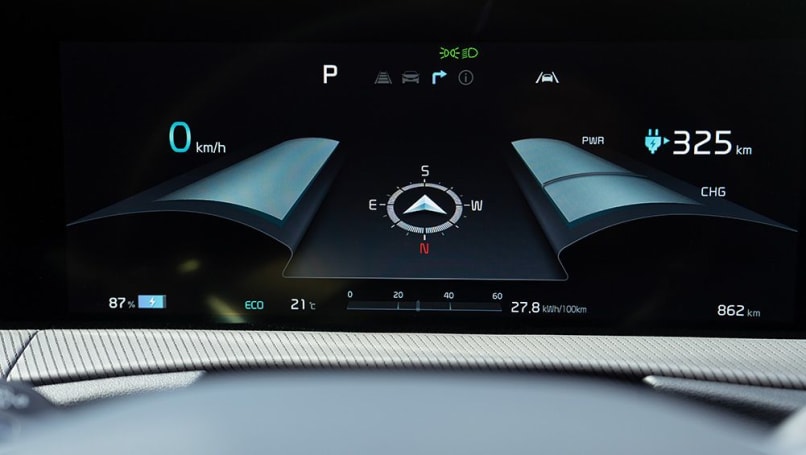
Earlier this year I drove the new-generation Mercedes-AMG C43, and I think my brain is still trying to process what I was looking at.
It's cool that you can toggle between different instrument displays depending on the driving mode, and I genuinely enjoy that aspect of the digital dashboard and think it adds a great element to modern cars, but in the case of the C43 the designs are just too convoluted.
In one of the sportier displays the graphics to indicate speed and revs appear to move towards you as you go faster and frankly it's just odd to look at. It feels like the designers specialised in graphics and not cars, catching the train to work rather than experiencing what owners will use.
Mercedes isn't the only culprit, like I say it's increasingly common, and another modern example of this form over function conundrum is the Kia EV6 GT. It too has displays that appear to move away from you and on an angle so telling the difference in speed at a glance is nearly impossible because it appears to move in tiny increments. Thankfully there's a digital speedo so you can see how fast you're going, but it's a very visually cluttered display unnecessarily.
Our brains have been programmed to expect a speedo needle or rev counter to climb from left to right and go in a circle - that's how instruments have looked for nearly 100 years. Now, we need to get comfortable with lines going up and down, back and forth, pulsing or doing whatever else a graphic designer can come up with on their computer screen - seemingly without ever thinking how it will work in a moving vehicle.
The reality is maybe I'm getting old, I'm on the high side of 40 these days, but that means I grew up in an age of computer games so it's not like I'm averse to digital graphics and can't read things on the move. But it seems to me that these dash designers need to think more about giving clear and concise information to the end user rather than impressing their co-workers with the most elaborate dashboard display imaginable.
The latest Ford Mustang is a great example of this. It too has a digital display and can switch between different looks depending on the driving mode. Some have virtual round dials to appeal to old fashioned types and there's even a retro one that takes inspiration from the 1980s Fox Body 'Stang.
But it's the 'Track' display that really underlines my point, it combines a large digital speedo with a large tacho, which runs left to right across the screen, and combines with shift lights when you get near the redline, which is clearly inspired by motor racing. This is because racing requires functionality over form, rather than the other way around. Something that hopefully becomes more common in the graphic design departments of car makers around the industry...



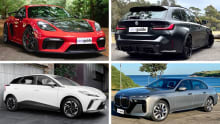
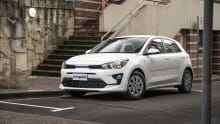

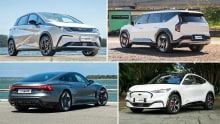
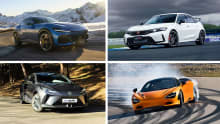
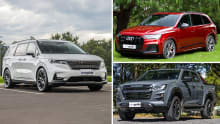
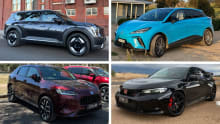
Comments